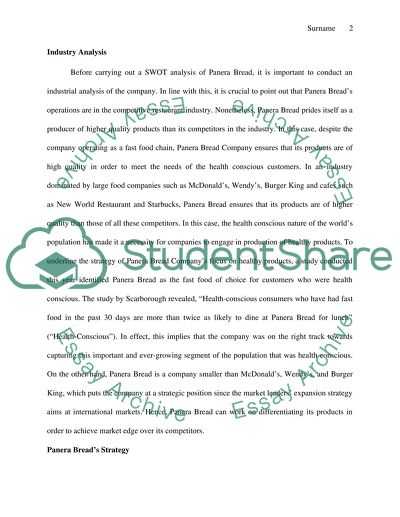Cite this document
(Panera Breads Strategy, Financial Analysis of Companys Condition Case Study, n.d.)
Panera Breads Strategy, Financial Analysis of Companys Condition Case Study. Retrieved from https://studentshare.org/marketing/1464232-case-analysis-of-panera-bread
Panera Breads Strategy, Financial Analysis of Companys Condition Case Study. Retrieved from https://studentshare.org/marketing/1464232-case-analysis-of-panera-bread
(Panera Breads Strategy, Financial Analysis of Companys Condition Case Study)
Panera Breads Strategy, Financial Analysis of Companys Condition Case Study. https://studentshare.org/marketing/1464232-case-analysis-of-panera-bread.
Panera Breads Strategy, Financial Analysis of Companys Condition Case Study. https://studentshare.org/marketing/1464232-case-analysis-of-panera-bread.
“Panera Breads Strategy, Financial Analysis of Companys Condition Case Study”, n.d. https://studentshare.org/marketing/1464232-case-analysis-of-panera-bread.


